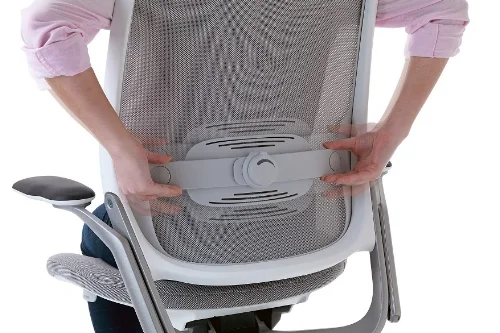The Generation Game
/Have you ever looked at your staff and worked out how many generations they span?
As the average age of the population in developed countries increases, there is no secret that this is having a significant impact on the global economy and putting pressure on governments and health care systems. The actual number of the workforce is becoming too small to support retirees through the income tax they pay.
Many people of retirement age are in better physical shape now than in the past and more willing to keep working to earn the income to meet shortfalls in their own pension provisions. Companies should embrace this mature work force for the experience and knowledge they bring as a valuable asset for any business.
The generation game
It is now quite common to see four different generations working within the same company and they are known as:
Traditionalists or Silent Generation | Born 1945 and before
Baby Boomers | Born between 1946 to 1964
Generation X | Born between 1965 to-1976
Millennials or Gen Y | Born between 1977 – 1995
iGen, Centennials or Gen Z | Born 1996 and later
With Gen Z now entering the workforce, this is highlighting the differences in needs of how to make a multigenerational office work together. Sedus Insights report that the older workers understandably have more experience, a higher level of maturity and professionalism together with a strong work ethic. On the other hand, younger generations tend to be more entrepreneurial, have a greater desire to receive mentoring and stronger skill with regard to online collaboration, however, they also tend to be weaker in the context of face to face meetings.
These differences can lead to clashes in the workplace and it is important that staff are recognised for their strengths and encouraged and mentored to work together.
How can a multigenerational team work together?
It isn’t just the clash in personality and work ethic that needs to be considered, it is also the environment in which the multigenerational teams work. Research shows that each generation place importance on different aspects of their work environment. For example, the younger generations prefer more artificial light where the older members of the team require rooms to be warmer. One area where all generations agree – they all place a similar importance on work station comfort.
As the average age of workers increase and as young people can become more sedentary, it is more important than ever to ensure that the environment and furniture encourages more movement and activity while being comfortable for different ages.
The use of acoustic screens and partioning can significantly contribute to creating a more acoustically satisfying environment. Studies show that young people in particular find it difficult to concentrate for long periods, using furniture and settings to develop a concentration area can help focus staff.
Avoiding sedentary habits and creating appealing work settings for different activities encourages staff to change position and posture which can increase vitality and wellbeing in the workplace.
Generation friendly furniture
If employees are required to sit at their desk for several hours at a time, then the need for a task chair that supports movement and encourages more dynamic, active sitting, suitable for all generations, is essential.
Ergonomic, dynamic seating can provide movement to the occupant which improves posture and overall health to the spine and upper body. Not only will an ergonomic task chair provide wellbeing to your employees it can also benefit productivity and the overall performance of your company.
Embrace the generation differences
It is time to embrace the differences of the generations working together and play to their strengths, ensuring they are all happy and comfortable in the environment in which they work. This can only improve the well being and attitude of your staff and help build a dedicated, loyal team of multigenerational experience and skills.
“Blessed is the generation in which the old listen to the young and doubly blessed is the generation in which the young listen to the old.”
Proverb from the Talmud.







